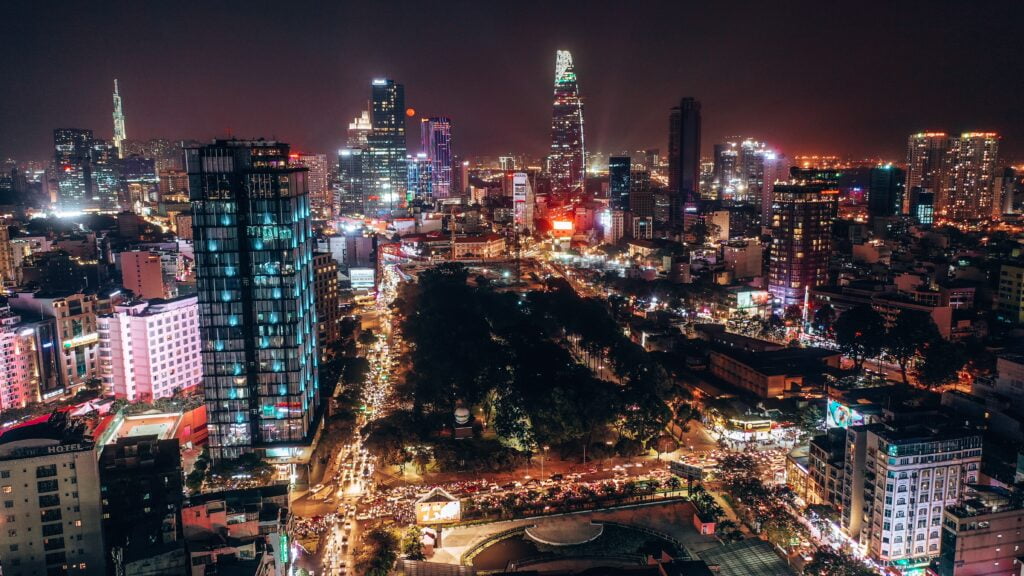23 Fascinating Facts About Ho Chi Minh City, Vietnam

Introduction
As the largest metropolis in Vietnam, Ho Chi Minh City is a captivating blend of old and new. While remnants of its French colonial past are still visible, the city continues to rapidly develop and modernize.
For travelers, Ho Chi Minh City provides a vibrant array of sights, sounds, flavors, and adventures to discover. Before immersing yourself in this dynamic southern hub, it helps to brush up on some essential facts about what makes the city unique.
From its historic landmarks and cultural attractions to cuisine, transportation, and economy, here are 27 fascinating facts to know about Ho Chi Minh City, Vietnam prior to your visit. Let’s uncover what makes Saigon tick!
1. It Has a Large and Diverse Population
Ho Chi Minh City is the most populated city in Vietnam with around 9.3 million residents. This accounts for nearly 9% of the country’s total population crammed into one dense urban area.
The city is also very diverse, with people from various ethnic groups and religious backgrounds calling it home. There are sizeable Chinese, Indian, and Cambodian communities that influence the local culture.
2. Motorbikes Rule the Streets
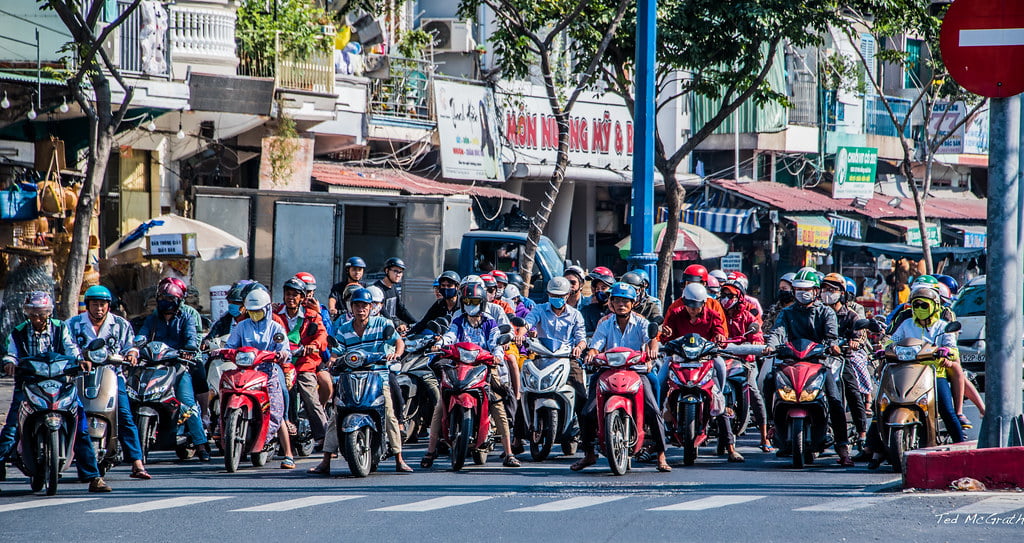
With over 5 million motorbikes zipping around, motorbikes are definitely the preferred mode of transportation. They far outnumber cars and make crossing the street an adrenaline-filled endeavor.
Traffic congestion and air pollution are major issues facing the city due to the sheer number of motorbikes on the roads. Locals have adapted to the chaotic traffic by developing their own lane systems.
3. Vestiges of French Colonialism Remain
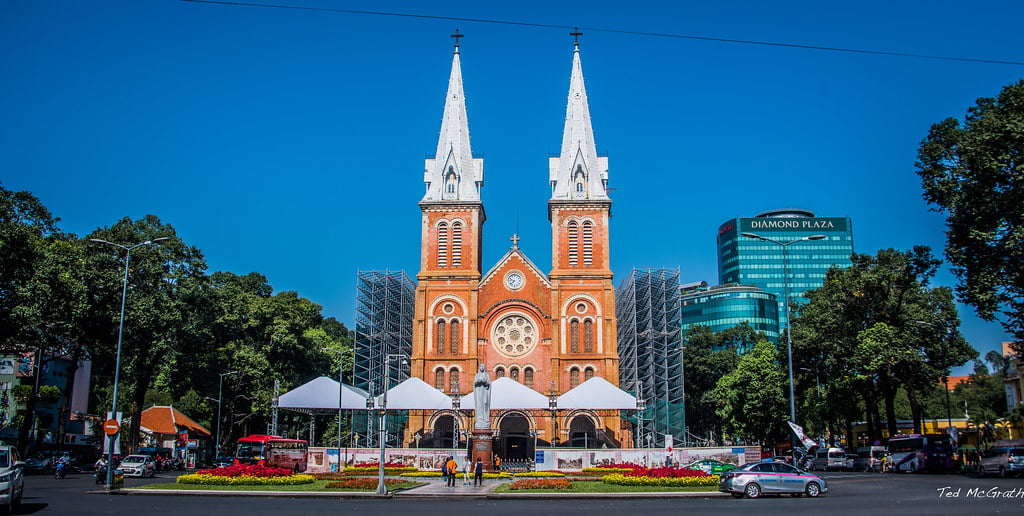
Ho Chi Minh City was colonized by the French in the mid-19th century. You can still see remnants of French architecture and design throughout District 1 and beyond.
This includes the Notre Dame Cathedral built in the late 1880s, the Central Post Office designed by Gustave Eiffel, and the glamorous Saigon Opera House. French boulevards and villas give parts of the city a European flair.
4. The City Covers a Large Area
Spanning over 930 square miles, Ho Chi Minh City is divided into 24 districts, many of which were once individual towns and villages.
The largest district is District 9, located in the city’s northeast. Other major districts for tourists include District 1 (historic city center), District 3 (shopping/business), District 5 (Chinatown), and District 10 (backpacker area).
5. Cuisine Reflects Diverse Influences
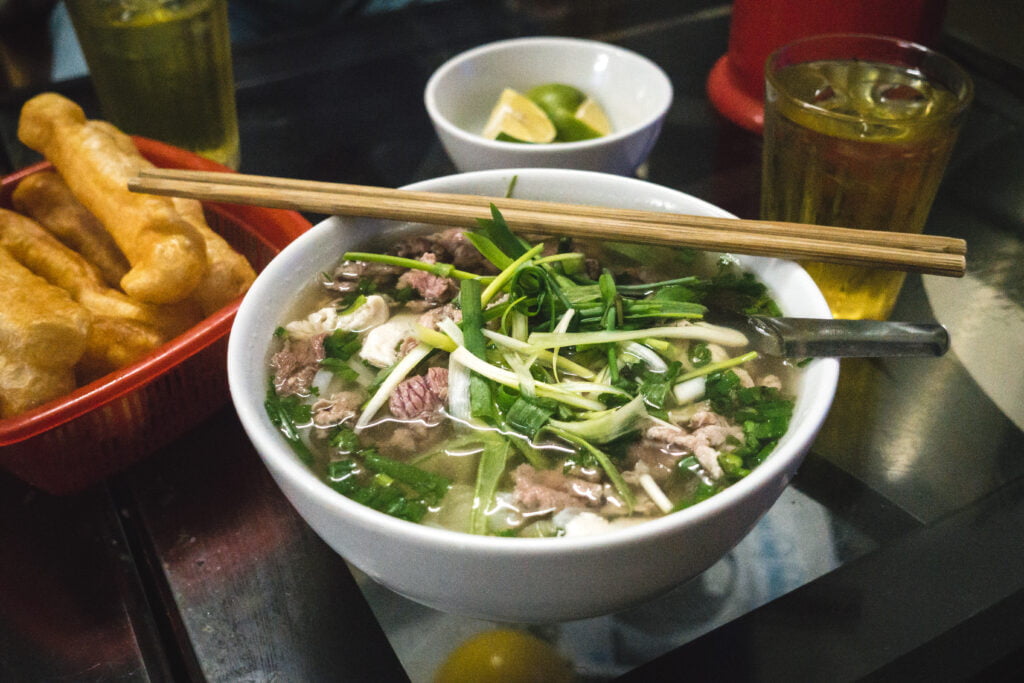
The cuisine of Ho Chi Minh City embodies many flavors and cultures. Chinese, French, Indian and Khmer influences fuse together with Vietnamese cooking techniques and local ingredients.
Signature dishes include pho noodle soup, banh mi sandwiches, savory crepes called banh xeo, and Vietnamese coffee with sweetened condensed milk. Street food stalls serve up tasty, affordable eats.
6. It’s Vietnam’s Economic Powerhouse
As the country’s largest and most financially important city, Ho Chi Minh City generates over 20% of Vietnam’s total GDP. It’s the nation’s commercial and industrial hub.
Major industries include technology, construction, petroleum, manufacturing, tourism, finance and real estate. The city contributes heavily to Vietnam’s growing economy and development.
7. Mekong Delta Trips are Popular
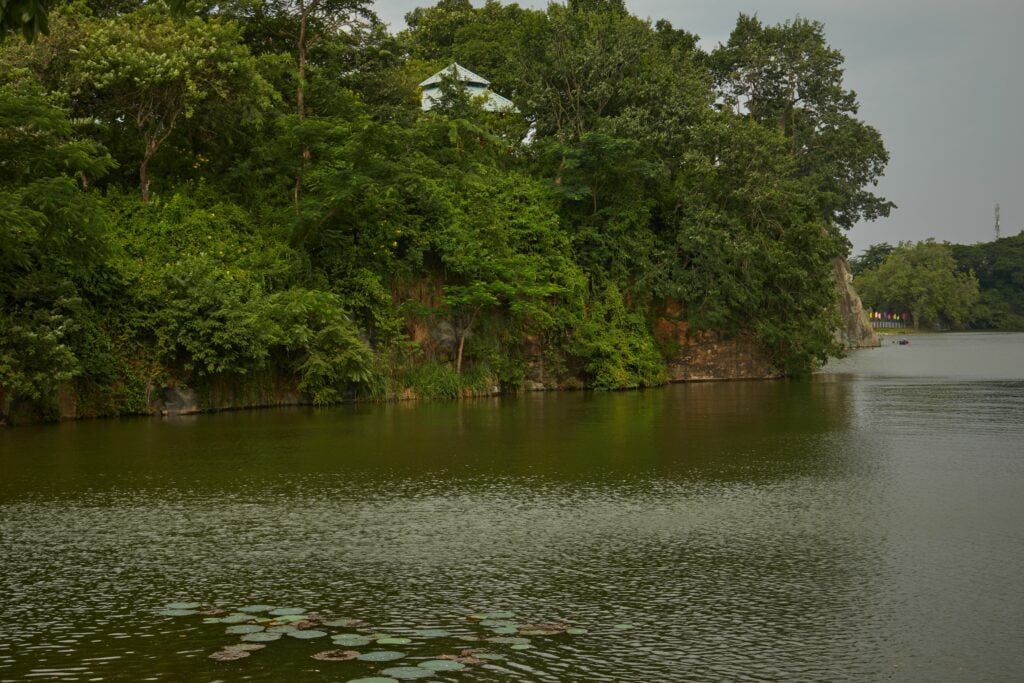
Located nearby, the Mekong Delta provides a scenic respite from the city’s chaos. Many tour companies offer day trips down to the region via bus or boat.
Visitors can float along the muddy Mekong River, explore floating markets, see traditional villages and gain insight into the agricultural heartland of Vietnam.
8. There are Over 800 Hotels
From budget hostels in the backpacker district to luxury 5-star hotels, Ho Chi Minh City offers around 800 accommodation options suiting all tastes and budgets.
Mid-range hotels generally offer the best value. New boutique hotels combining Vietnamese design with modern comforts are popping up across the city.
9. Pollution and Traffic are Problematic
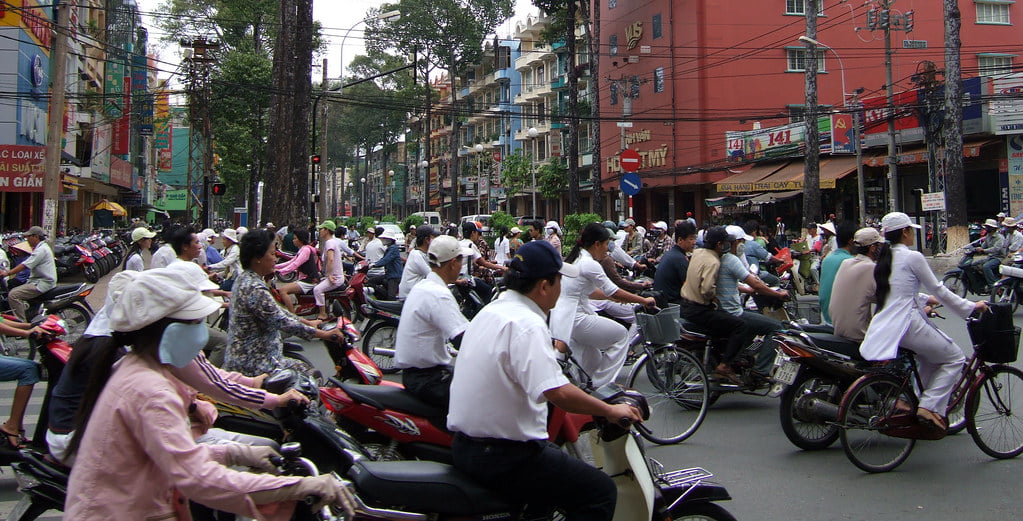
With rapid development and population growth, Ho Chi Minh City faces issues like air and noise pollution, traffic congestion, flooding, and overcrowding.
The sheer number of vehicles, motorbikes,trash, and industry within the dense urban landscape contribute to poor air quality, safety hazards, and other environmental concerns.
10. Diverse Religious Landscape
While most Vietnamese observe a mix of Mahayana Buddhism, Confucianism and Taoism, Ho Chi Minh City has a medley of faiths.
You’ll find Buddhist temples, Catholic churches, Hindu temples, mosques, synagogues and more representing the city’s religious diversity. Many incorporat multiple faiths into their beliefs.
11. War History at the War Remnants Museum
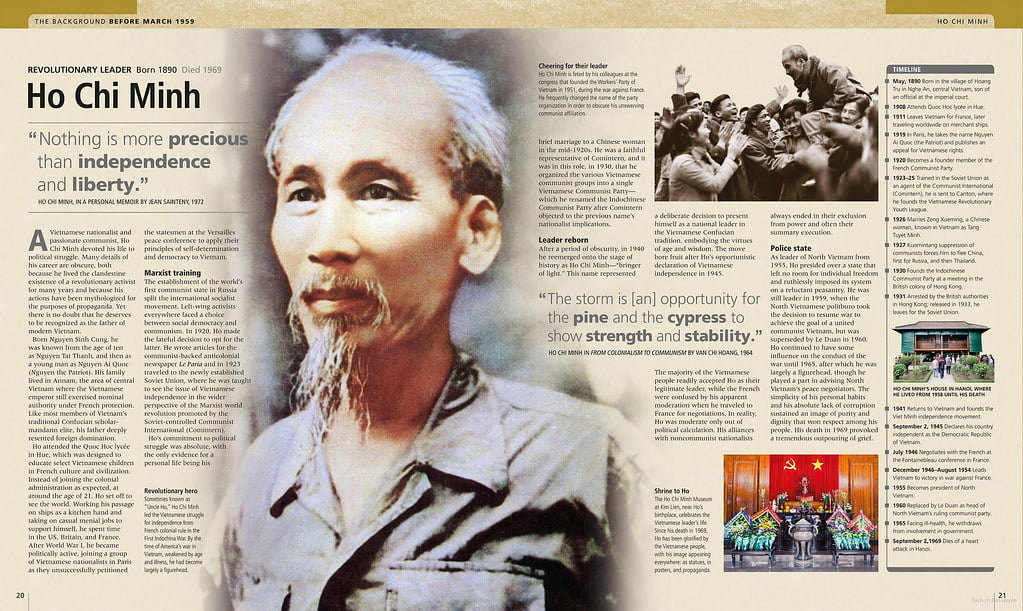
Located in District 3, the War Remnants Museum contains exhibits relating to the Vietnam War and the fall of Saigon.
Visitors can view American military equipment, photographs of casualties, propaganda materials and graphic imagery providing insight into the Vietnamese side of the conflict.
12. Shopping Caters to All Styles
Modern air-conditioned shopping malls sell expensive global brands, while local markets offer Vietnamese handicrafts, souvenirs, and goods.
Shopping highlights include Ben Thanh Market, Saigon Square, Vincom Center, Takashimaya Mall, and the wholesale markets of Binh Tay. Bargaining is a must at local shops and markets.
13. French is Still Spoken
Due to Ho Chi Minh City’s colonial past, French is still spoken and understood, especially by older locals who grew up during French rule.
It’s common to hear Vietnamese peppered with French terms and phrases around the city. Studying some key French words can be helpful for communicating and connecting.
14. Major Festivals Showcase Vietnamese Culture
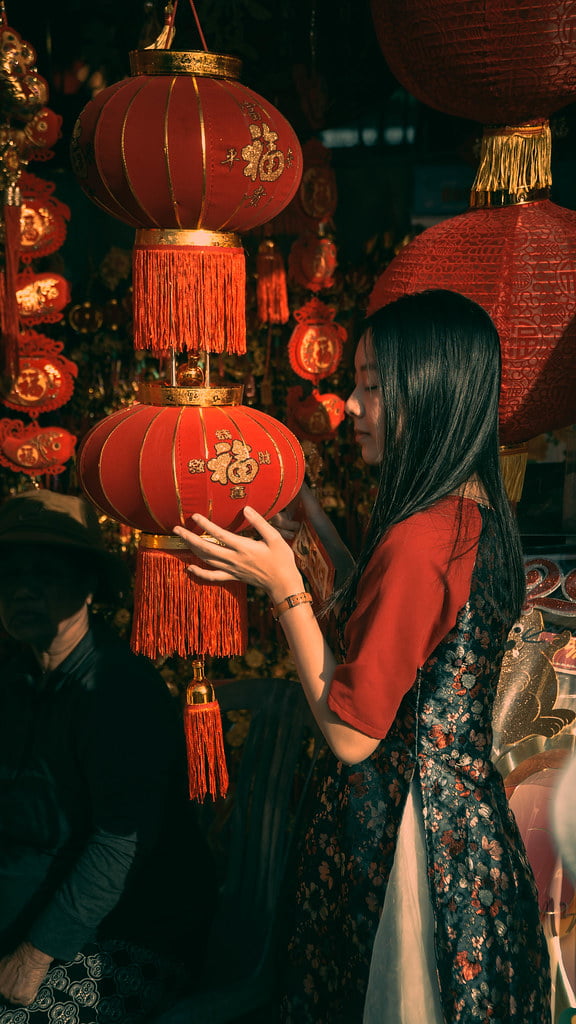
Tet Nguyen Dan (Lunar New Year) is widely celebrated in Ho Chi Minh City with fireworks, festivals, parades, and family gatherings that last about one week.
Other major festivals include the Mid-Autumn Festival which honors children and Wandering Souls Day commemorating departed relatives. These offer insight into Vietnam’s culture and beliefs.
15. Golf Courses Designed by Big Names
Golfing is a popular activity with nearly 10 courses located within an hour’s drive of downtown. Many feature imaginative designs by golf legends like Greg Norman, Nick Faldo, Lee Trevino and Tony Jacklin.
Notably, The Bluffs Ho Tram Strip designed by Greg Norman is consistently ranked among the world’s best golf courses.
16. Critically Endangered Species at the Zoo
Founded in 1865, Saigon Zoo and Botanical Gardens is Vietnam’s largest zoo. It’s home to over 100 mammal and reptile species along with exotic birds.
Highlights are the critically endangered Vietnamese pangolin, Delacour’s langur, Bengal tiger and Siamese crocodile carefully conserved here. The zoo aims to educate about wildlife.
17. Street Food Sizzles Till Dawn
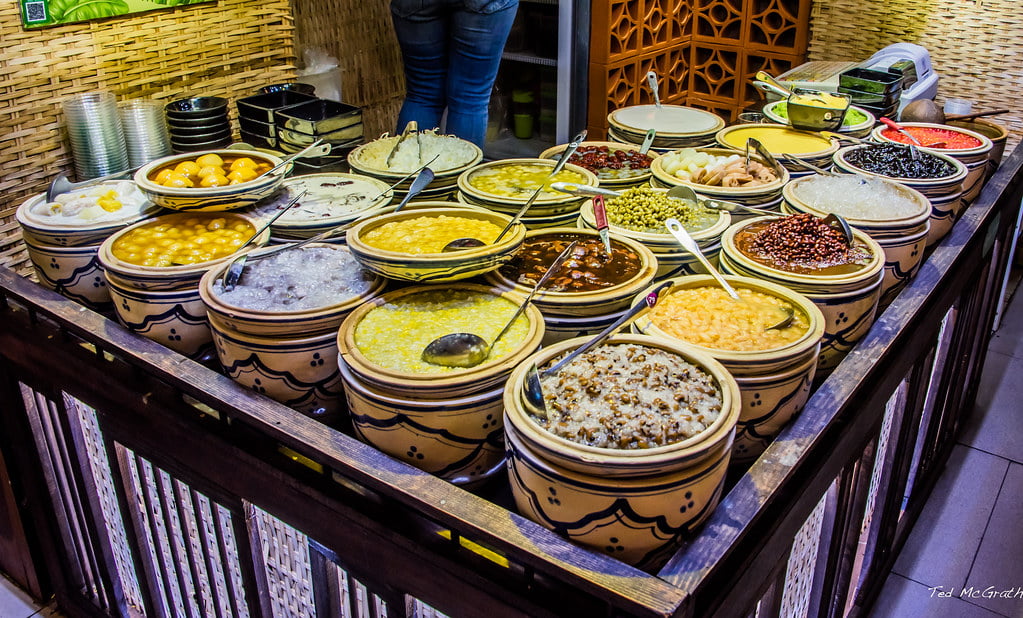
One highlight of Ho Chi Minh City is the vibrant street food culture. Stalls serve up pho, banh mi, snacks and drinks on sidewalks citywide.
Around the backpacker district, Bui Vien Street turns into a giant open-air eatery at night with food stalls staying open until 3 or 4 in the morning on weekends. It’s the place for late night snacks.
18. Backpacker Area Offers Cheap Lodging
District 1’s Pham Ngu Lao area catering to backpackers contains budget hotels, guesthouses, restaurants, bars, and travel agencies offering affordable prices.
It serves as a popular launching point to explore the city. Nearby Bui Vien Street comes alive at night with cheap bars and food stalls.
19. Bitexco Tower Has Spectacular Views
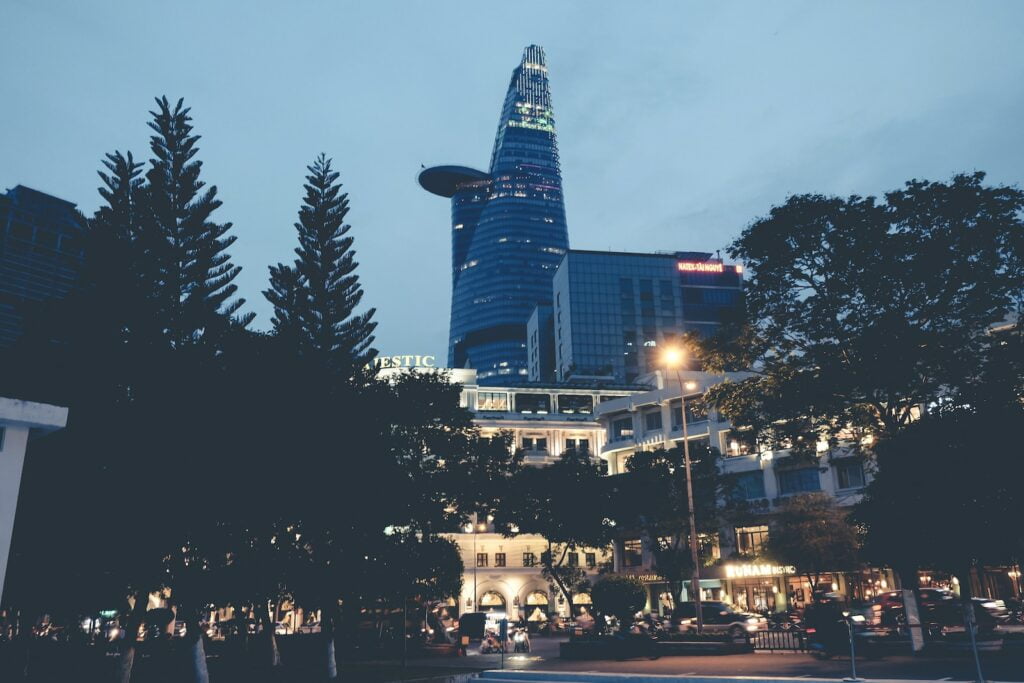
The 68-story Bitexco Financial Tower contains offices, restaurants, stores, and an observation deck on its 49th floor called Saigon Skydeck.
Rising over 850 feet, the skydeck provides panoramic views across the city skyline. The tower’s unique lotus petal-inspired shape lights up at night.
20. Nguyen Hue Walking Street Attracts Locals
This vibrant pedestrian promenade spans the length of Nguyen Hue Boulevard through the heart of District 1.
By night, it comes alive with fountains, lights, street performances, art exhibits, music, restaurants and shops. The lively social scene attracts locals and tourists alike.
21. Explore the Historic Cholon District

Now part of District 5, Cholon serves as Ho Chi Minh City‘s Chinatown with a rich history dating back to the 1700s. Wander through the bustling markets, temples, shops, and winding back alleys to immerse in the district’s distinct culture.
Highlights include Binh Tay Market and Thien Hau Pagoda, along with great Chinese restaurants and cafes. The area really comes to life during Lunar New Year.
22. Cu Chi Tunnels Offer Vietnam War Insight
An hour outside the city, the Cu Chi Tunnels provide a glimpse at how the Viet Cong lived below ground during the Vietnam War.
These narrow tunnels and passageways in Cu Chi enabled communications and guerilla warfare against American and South Vietnamese forces during years of conflict.
22. Reunification Palace Recalls Fall of Saigon
This historic landmark was home to the president of South Vietnam until 1975 when a North Vietnamese army tank crashed through its gates, signaling the end of the Vietnam War.
Today, visitors can tour the preserved interiors and war rooms of this iconic building and relive the dramatic events that led to Vietnam’s reunification.
23. Ho Chi Minh City is Very Safe
While petty theft does occur, violent crime is extremely rare in Ho Chi Minh City. Safety rarely proves to be an issue for tourists who take typical precautions in crowded areas.
The biggest annoyances are likely the motorbike traffic, heat/humidity, language barriers, and tourist-targeted scams. But the Vietnamese are very friendly.
Conclusion
After learning these 23 intriguing facts, it’s clear there are many good reasons Ho Chi Minh City remains such a popular destination for tourists from across the globe.
The city offers an electrifying urban experience with its blend of history, culture, commerce, and non-stop energy. From exploring vestiges of the past to sampling street food into the wee hours, Ho Chi Minh City has something for every type of traveler.
The next time you’re seeking an exotic and exciting getaway in Southeast Asia, consider adding vivacious Ho Chi Minh City to your itinerary. With this handy background knowledge in mind, you’ll be well-equipped to make the most of your visit to this fascinating Vietnamese metropolis.
Have you been to Ho Chi Minh City before? Which of these facts stood out to you or surprised you the most? Share your thoughts and experiences in the comments! I’d love to hear your perspectives on what makes Saigon such a dynamic destination.
